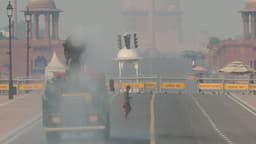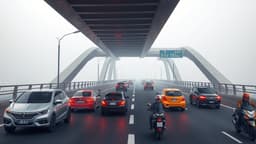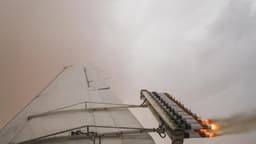Home / Environment / Delhi's Pollution Tracking Model Reactivated After Inaccuracy Concerns
Delhi's Pollution Tracking Model Reactivated After Inaccuracy Concerns
20 Oct
Summary
- Delhi's pollution-tracking model reactivated after being suspended last year
- Model still uses outdated 2021 emissions data, raising accuracy concerns
- Stubble burning and firecrackers expected to contribute to pollution spike

As of October 20th, 2025, Delhi's pollution-tracking model, the DSS, has been reactivated after being suspended last year due to inaccuracies. The DSS, run by the Indian Institute of Tropical Meteorology (IITM) in Pune, provides an estimated contribution of sources to Delhi's PM 2.5 levels.
However, officials have admitted that the system still operates on an outdated 2021 emissions inventory, raising questions about the accuracy of its forecasts. According to the latest data, the highest pollution load outside of Delhi was attributed to unaccounted sources, followed by cross-boundary pollution from nearby regions.
Within Delhi, the transport sector accounted for the largest share of pollution, followed by the residential and industrial sectors. The DSS also predicted that the contribution of stubble burning would rise marginally on October 21st before dipping on October 22nd. Experts warn that the combination of calm weather conditions, decreased wind speed, and falling temperatures is leading to a build-up of high pollution levels in the city.
With the Diwali festival approaching, the addition of emissions from firecrackers is expected to further deteriorate the air quality in Delhi and the surrounding regions. Researchers stress that despite its flaws, the DSS remains the only available tool for tracking and forecasting pollution sources in the capital.




